Last month I attended a webinar hosted by IranWire in which scholars of the US Holocaust Memorial Museum spoke about defining the enemy in Nazi Germany. It was a new experience, listening to historians talk about Nazi German definitions of the ‘enemy’ and the terrible designs this authoritarian regime had for their destruction of them. What happened in Nazi Germany is very different to the Iran of today. But part of what the USHMM historians said sounded familiar to me, bringing to mind the political language of the Islamic Republic and its definition of ‘enemy.’
In the webinar on May 18, historian Dr Patricia Heberer Rice explained how Nazis categorized their enemies: “The Nazis had a lot of enemies, real and perceived… The first two groups fall under categories that we at the museum like to call ‘enemies of belief’ or ‘enemies of action’. ‘Enemies of belief’ might be groups, like Jehovah's Witnesses, who refuse to recognize temporal authority. And then you have ‘enemies of action’, those whose actions made the Nazis view them as enemies. But the Nazis reserved the most extreme persecution for what we might call ‘biological enemies’. Most significantly, those are Jews, but also notably the Romani people, are sometimes referred to as gypsies, although that's a pejorative, for discrimination, persecution, and finally, especially in the Jewish case, for systematic destruction. Also in this group of biological enemies are the so-called ‘hereditary ill’.”
People of other nationalities and ethnic groups, like Poles, Slavs and those considered to be the Asiatic peoples of the Soviet Union, were deemed inferior in Nazi Germany, condemned to forced labor and death. Others such as gay men were punished due to their perceived non-compliance with the central tenet of ‘expanding the German race’, and because they were seen as agents of ‘corruption’. Nazi Germany didn’t have any laws against same-sex relations between women but, in early 1933, the Nazis used intimidation to break up the lesbian communities and networks that had blossomed in the pre-Nazi years.
As we know, the Nazis’ treatment of their ‘enemies’ led to unimaginable catastrophe. The Holocaust saw the killing of two out of three Jews who had lived in Europe prior to the Second World War. In other words, at the end of war in 1945, six million European Jews had been killed, one million of whom were children. Nazis considered Jews to be ‘social parasites’ who had to be ‘uprooted’ and destroyed. For Hitler, the separation of races, eugenics, and preparing the country for war and conquest meant the ‘German nation’ would ensure its ‘naturally’-ordained survival.
In the midst of all the oppression and killings by the Nazi regime, what was noteworthy to me in the topics discussed at the webinar and in the suggested reading was the use of the concept of ‘enemy’ – and separating ‘insiders’ from ‘outsiders’ – not only in the political terminology of Nazi Germany but in the methodology of authoritarian governance this criminal regime adopted in practice by this criminal regime. The consistent and terrifying use of the term ‘enemy’, and its being defined by government bodies and officials, is very familiar and tangible for me and many Iranians. The Islamic Republic’s political terminology doesn't define its enemies biologically or based on racial categories but I believe there is a lot of similarities one could study between these two governments.
In the published speeches and writings of Iran’s Supreme Leader Ali Khamenei, othering and ‘enemy-phobia’ are a consistent theme. Since its foundation, in the literature of the Islamic Republic, terms such as ‘insiders’ and ‘outsiders,’ ‘arrogance’ (to mean the US), ‘Zionist’ and ‘imperialism’ (the West) were used. The domestic ‘enemy’ is always linked to the foreign ‘enemy’. At the same time, the Islamic Republic uses examples from the Iran-Iraq War or the wars of the Shia Imams for rhetorical image-making about a ferocious, conceptual war with the ‘enemy’.
Hawza.net, a website linked to the government, has published an article on definition of ‘enemy’ by Khamenei. It reads: “The Supreme Leader believes knowing of the enemies to be a consistent duty, and [he] says: ‘As the enemy makes its methods of conspiring against Islamic Iran more complex, the Iranian nation should also increase its alertness and consciousness, and identify the enemy under any guise, with spiritual, intellectual, and political alertness, and the maintenance of unity, cohesion and links with one another.’”
To insist that it is a duty to stand in all-in readiness for fighting the enemy is akin to claiming a citizenry is in a war that never ends. Thus, according to Khamenei, everybody should be ready not only to serve but to be in a perpetual state of conflict. The same article defines the goals of ‘the enemy’ from Khamenei’s perspective: 1) “The weakening and destruction of religious beliefs”; 2) “weakening [Iran’s] military foundations”; 3) “weakening the clergy”; 4) “promoting the idea that religion is not working”; 5) “separating religion from politics” and 6) “the defeat and destruction of Islam and the Islamic system”. The article goes on to define the supposed methods of ‘the enemy’: 1) “the humiliation of Islamic culture”; 2) “using a variety of propaganda methods”; 3) “the promotion of imported freedom”; 4) “sowing division”; 5) “the creation of insecurity and anarchy” and 6) “using pretend intellectuals and political parties”.
For me, what stands out in the definition and redefinition of enemy offered in this article, other similar texts and the speeches of Khamenei and high-ranking officials of the Islamic Republic is that while the government humiliates the “enemy” and considers it small, it also considers it strong and all-powerful. Although it uses its rude language against the ‘enemies’, it still see itself to be permanently faced with destruction. It asks its nation and Ummah to consistently rise against the enemy for collective survival. But, for me, what is different in the language of the Islamic Republic, compared to Nazi Germany, is that even though much is done to define and categorize the enemies (like the example above), the officials of the Islamic Republic repeatedly brings words to their rhetorical formations that are very vague and indefinite; words such as ‘arrogance’ (estekbar.) This ambiguous terminology allows the rulers to, based on the exigencies of time and their changing policies, define as enemy any group or faction that they want and go on to justify their harassment, oppression, arrest and even execution.
But what might have been troubling for the Islamic Republic is that, over the years, the number and range of ‘enemies of the regime’ have increased, according to the Supreme Leader and other state bodies and officials. Many of the Iranians of the ‘oppressed’ groups who once pledged allegiance to the Supreme Leader are today among the protesters tired of economic and political turmoil. Many of these individuals are in the prisons of the Islamic Republic today. Some have been shot and killed by the security forces.
In one of his speeches a few years ago, Khamenei said: “They speak of insiders and outsiders. Yes, we have insider currents and outsider currents. Insiders are those whose hearts beat for Islam and the revolution, and praise Imam Khomeini; those who respect the people truly, not just claim to do so. And who are the outsiders? Anybody like that is strange, and I hope to God that we don’t have anyone like that. The authorities have a duty to be alert.”
Today, the Islamic Republic has a crisis: the surge of the ‘outsiders’. Though they might boast an authoritarian regime and significant power, the high-ranking authorities of the Islamic Republic are battling with ideological bankruptcy. Enemy-phobia or ‘enemiology’, as they like to call it, is no longer enough to control people’s minds. In today’s Islamic Republic, teachers, retirees, workers, students and many other groups taking a stand against ineffectual governance make of themselves ‘outsiders’ in state enemiology. This makes things harder for the officials of who want to claim that the domestic ‘enemy’ is a deceived minority, as the repression is meted out towards ever-expanding numbers of people.
visit the accountability section
In this section of Iran Wire, you can contact the officials and launch your campaign for various problems




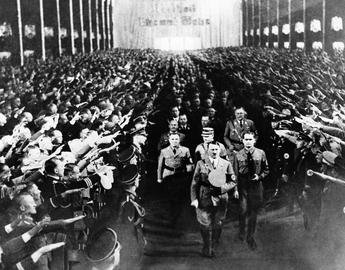
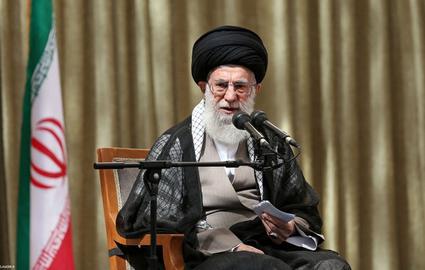


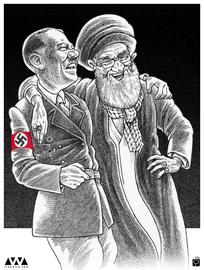

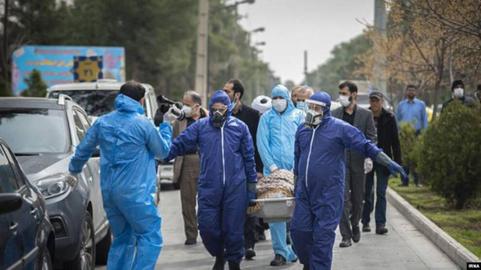

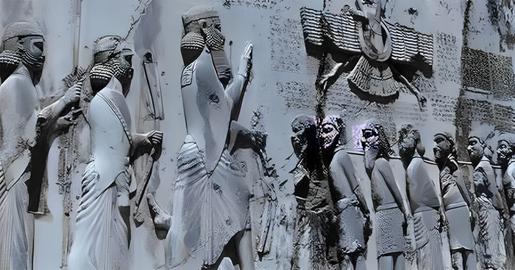








comments